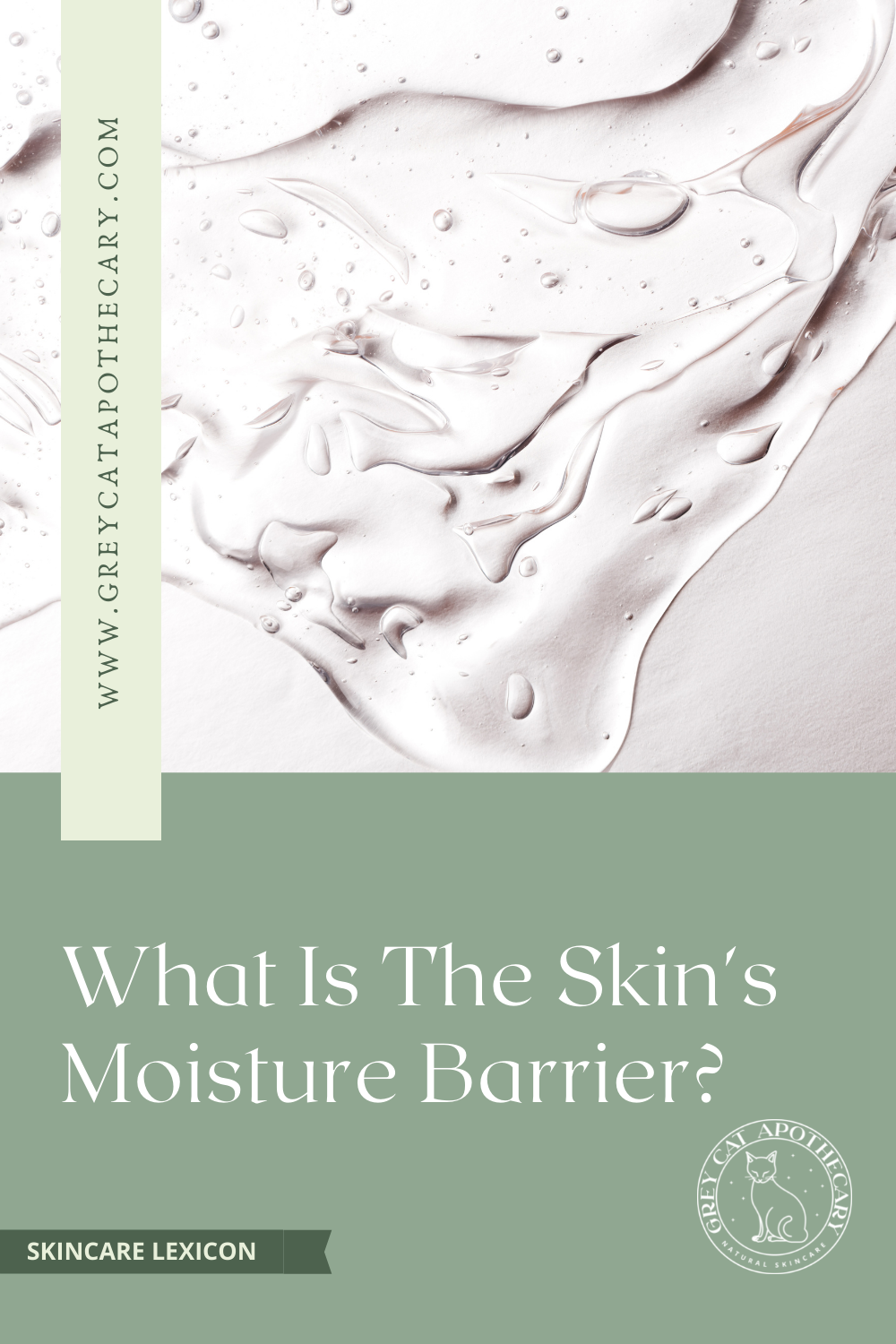Ingredient Spotlight: Vegetable Glycerine
Vegetable glycerine is easily one of the most ubiquitous ingredients in skincare (it’s probably already in 90% of the products you use), yet it is simultaneously one of the most overlooked. That’s probably because it has so many other applications in both healthcare and industrial settings, but glycerine is actually a very powerful humectant that may actually hydrate skin better than the current skincare darling, Hyaluronic Acid.
What Is Vegetable Glycerine?
Glycerine, also known as glycerin or glycerol, is a type of sugar alcohol created by separating triglyceride rich fats. The resulting glycerine is a thick, odourless liquid with a sweet taste and a syrup-like consistency. When the glycerine is made from vegetable oils or alcohols, it is known as vegetable glycerine.
Vegetable glycerine is typically made from soy, coconut and/or palm oils, but it can also be derived from sugarcane. The main process by which vegetable glycerine is derived is by heating a triglyceride rich vegetable fat under pressure, causing the glycerine to split off from the fatty acids and mix with water, creating the viscous liquid known as glycerine. This same process can also occur when triglyceride rich fats are mixed with a strong alkali, such as lye (sodium hydroxide). This is how glycerine is naturally produced in handmade natural soap.
Vegetable glycerine belongs to a class of moisturizers referred to as humectants. Humectants are ingredients that draw water to themselves and hold it in the skin. Other popular humectants include the previously mentioned hyaluronic acid and panthenol (vitamin B5). However, glycerine is able to draw water from both the skin and the air, making it extra effective at hydrating.
What Makes Glycerine So Great For The Skin?
The human body actually contains natural reserves of glycerine that deplete over time, meaning topical application can be very effective at rehydrating skin. Well hydrated skin helps protect against skin moisture barrier damage and can reduce the appearance of fine lines and wrinkles by plumping and firming the skin. And, with this role in skin moisture barrier function, vegetable glycerine might also help with oily skin caused by sebum glands over compensating for a lack of hydration.
In addition to its powerful hydrating properties, vegetable glycerine also seems to aid in wound healing and provides protection from irritants and microbes. Studies have shown that topically applied glycerine can help mitigate the irritating effects of sodium lauryl sulphate (SLS), demonstrating both anti-irritant and anti-inflammatory properties by reducing the production of cytokines.
As well, studies also seem to show that adding glycerine to bath water increases skin moisture levels better than water alone, and that when added to a moisturizing cream, glycerine was more effective at hydrating skin AND preventing trans epidermal water loss (TEWL) than hyaluronic acid or silicone oil.
Vegetable Glycerine Side Effects
The amazing news is that there are basically no known side effects to the use of glycerine on the skin*. While anything can trigger an allergic reaction in someone, experts seem to agree that glycerine is safe to use for all skin types, including sensitive skin. In fact, many skincare products combine vegetable glycerine with potentially irritating ingredients like retinol in order to reduce potential irritation.
In Conclusion
Thanks to its superior hydrating capabilities, relatively low price and virtual lack of side effects, vegetable glycerine is a no-brainer ingredient to include in your natural skincare routine. Luckily, all Grey Cat Apothecary soaps naturally contain large amounts of vegetable glycerine as a natural byproduct of the saponification process. It is also one of the main ingredients in our Rosemary Rescue Clay Mask, helping to hydrate skin while ghassoul and French green clays absorb excess oil and draw grime and dirt from clogged pores.
*There can be consequences for consuming large amounts of glycerine orally, but that’s a whole other story.
What’s your favourite way to use vegetable glycerine for your skin?
Sources:
Our Guide to Glycerine in Skin Care

























Vegetable glycerine is easily one of the most ubiquitous ingredients in skincare (it’s probably already in 90% of the products you use), yet it is simultaneously one of the most overlooked. That’s probably because it has so many other applications in both healthcare and industrial settings, but glycerine is actually a very powerful humectant that may actually hydrate skin better than the current skincare darling, Hyaluronic Acid.